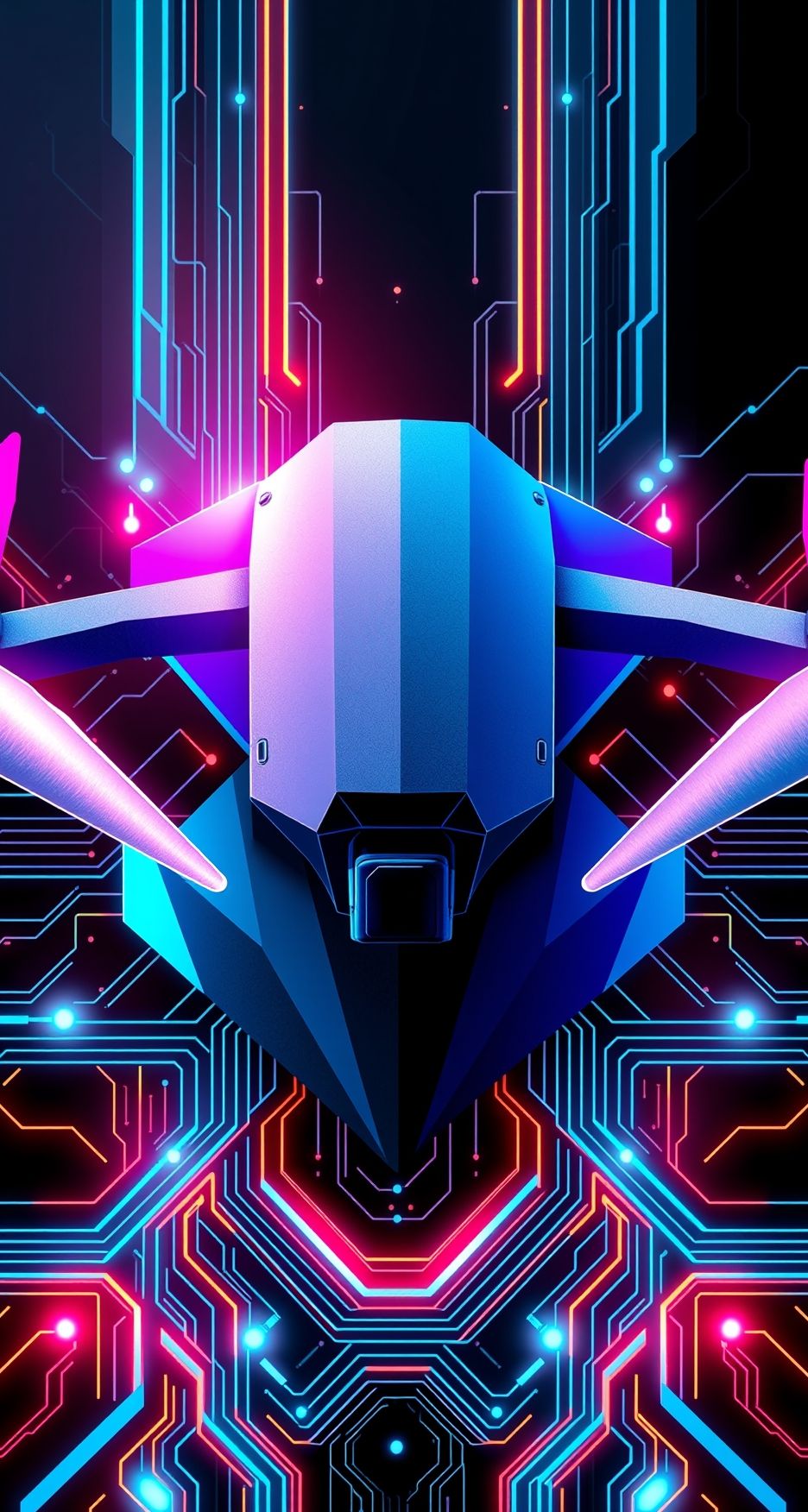24. June 2025
Aerial Photography Showdown: Can Dji Mavic 4 Pro Outfly Hasselblad X2D

The Rise of Aerial Photography: DJI Mavic 4 Pro vs Hasselblad X2D
As the world of photography continues to evolve, one technology has been gaining immense attention in recent years: aerial photography. With advancements in drone design and camera technology, photographers are now able to capture breathtaking images from the skies like never before.
The DJI Mavic 4 Pro boasts a streamlined setup process that makes it easy for photographers to get started. The drone’s compact design and intuitive controller make it simple to assemble and disassemble, with the RC2 Pro controller activating automatically when its display is raised. This feature eliminates the need for a power button, saving time and reducing frustration.
However, the Mavic 4 Pro’s weight poses a challenge for ultralight travelers. The drone weighs approximately 2.2 pounds (1 kg) with controller and batteries, which may be a concern for those who need to travel lightly. Additionally, unfolding the front arms is required to remove the battery, which can be a minor inconvenience.
Despite these minor quibbles, Voss praises the Mavic 4 Pro’s efficiency for professionals shooting at multiple locations, awarding setup and handling 4/5. He notes that while the drone excels in this area, its portability could be improved.
Flight stability is another key aspect of the Mavic 4 Pro, with Voss remarking that it delivers “rock-steady” images even under demanding conditions. The drone remains stable at speeds reaching 12.4 mph (20 km/h) in Hamburg’s turbulent airflows, allowing photographers to capture sharp long-exposure shots.
Flight time is also a crucial factor, with the Mavic 4 Pro advertising 51 minutes of flight time but only achieving around 35 minutes in real-world use within a 0.62-mile (1 km) radius. However, Voss notes that this is sufficient for most photo assignments where lighting conditions change rapidly.
The drone’s range and speed further enhance its versatility, enabling photographers to capture diverse perspectives efficiently. Voss awards flight performance 4/5, commending its stability and range but noting the gap between claimed and actual battery life.
Safety is a cornerstone of the Mavic 4 Pro, with 360° obstacle detection setting a new standard in the industry. The drone’s live camera feeds on the controller display surroundings, reducing risks during complex maneuvers like lateral or backward flights.
The Mavic 4 Pro also features advanced safety features, such as gentle braking when approaching obstacles and automated stabilization. Voss gives safety a perfect 5/5, stating that “the combination of smart obstacle detection, reliable orientation aid, and autonomous flight control is absolutely unmatched.”
The RC2 Pro controller elevates the user experience with its intuitive design, making it easy for photographers to focus on creativity without compromising safety. The Mavic 4 Pro’s camera system also features a Hasselblad-branded sensor, improving low-light performance and delivering sharper 4K or 6K video compared to its predecessors.
The DJI Mavic 4 Pro earns an overall 87% (26/30) from Voss, who calls it “close to the perfect drone for photographers.” While it doesn’t replace a Hasselblad X2D, it complements high-end cameras by offering unique aerial perspectives with near-professional quality.
The spinning gimbal feature positions the Mavic 4 Pro as a top choice for creators, potentially boosting its appeal in sectors like filmmaking and real estate. Regulatory considerations, such as the FAA’s Remote ID rules, may also influence DJI to integrate compliance features, ensuring the drone meets global standards.
In conclusion, the DJI Mavic 4 Pro is an impressive addition to the drone market, offering a unique blend of intuitive handling, robust safety, and versatile imaging. With its spinning gimbal feature and advanced stabilization capabilities, the Mavic 4 Pro is poised to revolutionize the world of drone photography.